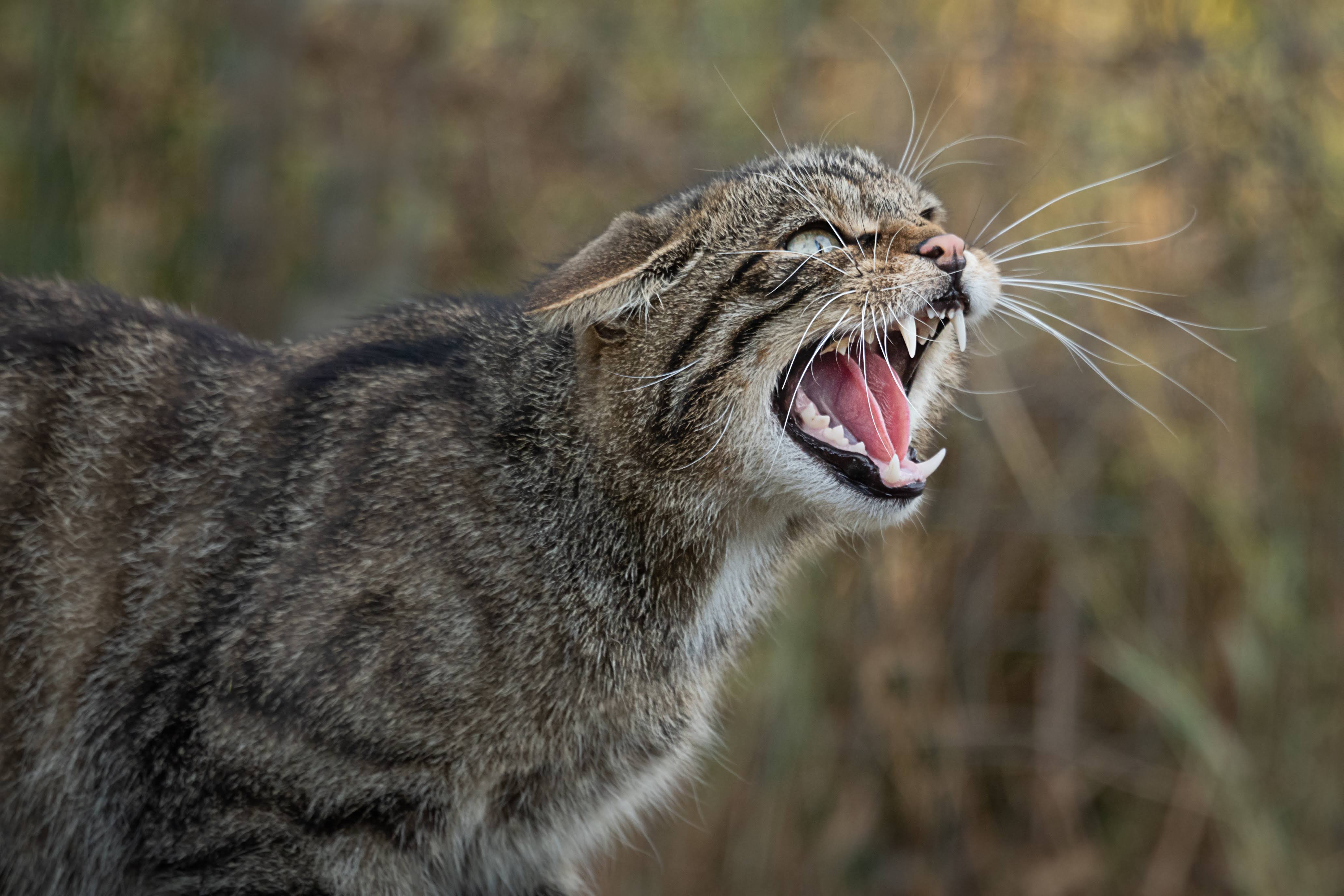Keeping your cat in check
 SMALL FARMS NETWORK - SUMMER 2020-21 - PESTS & WEEDS
SMALL FARMS NETWORK - SUMMER 2020-21 - PESTS & WEEDS
By John Nolan
Regional Pest Animal Coordinator
P: 03 5881 9900 | M: 0428 629 278 | E: john.p.nolan@lls.nsw.gov.au
 Do you own a cat? If so, are you aware of the responsibilities of cat ownership applicable in your local government area? For example, AlburyCity has this page on its website dedicated to responsible cat ownership.
Do you own a cat? If so, are you aware of the responsibilities of cat ownership applicable in your local government area? For example, AlburyCity has this page on its website dedicated to responsible cat ownership.
Cats not responsibly cared for, particularly in semi-rural and rural areas, can have a significant impact on native wildlife. Many domestic cats can turn feral if left to roam unchecked.
Feral cats are arguably the number one predator of native wildlife in Australia. They prey on small native mammals, birds, lizards, amphibians and insects. They can also carry diseases that can be transmitted to humans, such as toxoplasmosis.
Feral cats can have a home range between 50 and 2,000 hectares. They can reproduce from 12 months of age and can have three litters each year. They occupy all areas of Australia’s land mass and some of its islands.
Feral cats can live in all land types, including arid deserts, wet tropics, urban areas and the high country. They have learnt to survive around the fringes of towns and cities and are thriving in these environments.
If you need guidance on responsible cat ownership, contact your local council or consult their website. there's also some inspiration in the video below from Wodonga Landcare on ideas for cat enclosures.
If you would like advice on feral cat management options, contact your Local Land Services biosecurity officer on: Albury (02) 6051 2200, Deniliquin (03) 5881 9900 or Jerilderie (03) 5886 2100.